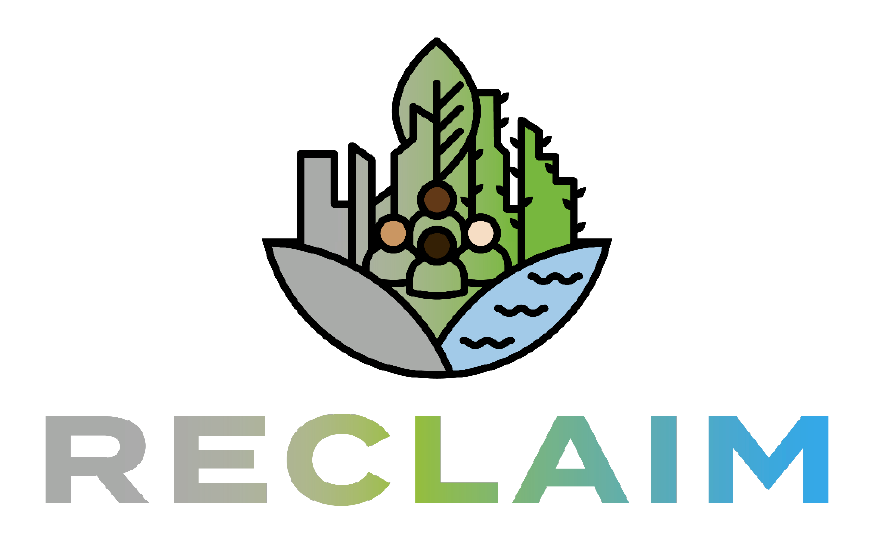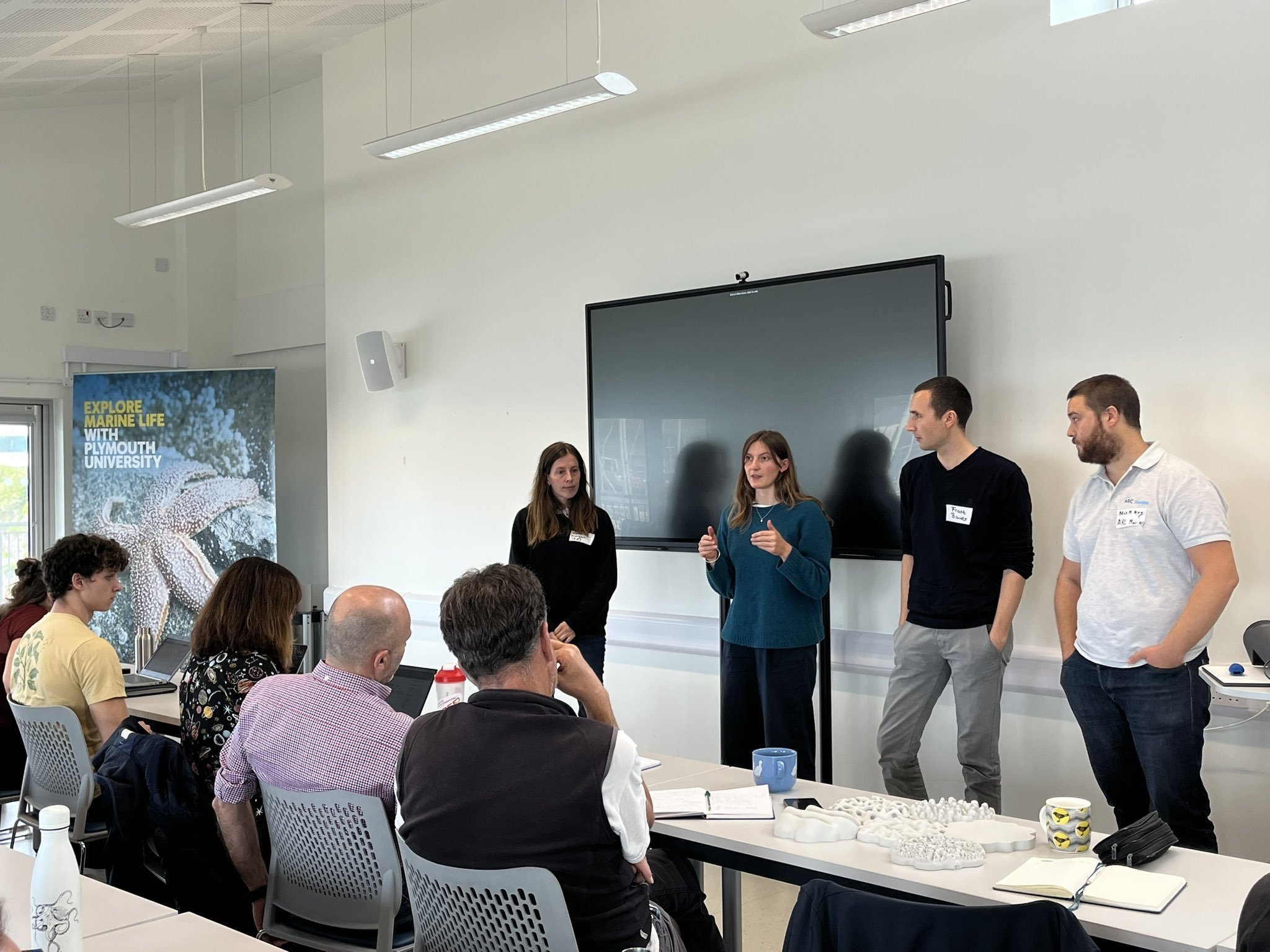What has Green-blue-grey infrastructure (GBGI) ever done for us?
In response to global climate change, rising populations and urbanisation, natural coastal habitats and their associated biodiversity are being replaced by seawalls and other engineered hard infrastructure. Green-Blue-Grey-Infrastructure (GBGI) aims to find a compromise between environmental and societal needs, ultimately providing benefits for both. On October 5th RECLAIM Network Plus funded a daylong workshop organised by the University of Plymouth to bring together a multi-disciplinary and cross-sectorial working group to share knowledge and expertise on how GBGI can integrate natural and human capital to assess a suite of wellbeing benefits to people.
The workshop started with and introduction from the Chair, Dr Louise Firth, University of Plymouth, who spoke on the importance of GBGI, and introduced the recently installed Living Seawalls in Plymouth Project. This was followed by an introduction from the RECLAIM network, given by Professor Prashant Kumar, University of Surrey.
In the first session, there was a round of 14 short talks sharing knowledge, experiences, perspectives of GBGI. Franz Bauer (PhD student, University of Plymouth) gave an update on the marine life that had colonised the Living Seawall in Plymouth in the three months since installation. Amelia Sturgeon of Plymouth City Council and Tamar Estuaries Consultative Forum gave a planning perspective. Kate Morgan from the Environment Agency gave an overview of the large-scale GBGI project at Newlyn. Katie O’Shaughnessy who worked for environmental consultancy APEM Ltd. until recently shared insights on what industrial partners are looking for in GBGI projects. Max Morgan-Kay of Arc Marine gave an overview of a range of projects that they are involved in and explained how GBGI is the crux of their business. Louise Firth spoke on behalf of Tina Robinson of Our Only World who shared experiences of working on similar projects in different places with different partners. Max Chivers revealed how GBGI can be translated through the lens of an artist. Chris Brown of Seabees gave an engineer’s perspective. Ally Evans of Swansea University shared experiences the challenges of implementing GBGI projects from planning to installation. Nicola Bridge of the National Marine Aquarium and Ari Drummond of the Rock Pool Project both showed us how GBGI is a great tool for engaging the public. Sara Wordley of the Marine Management Organisation walked us through the licencing process and John Griffin of Swansea University concluded the short talks with a great summary of how GBGI can feed into both human and natural capital.
The afternoon session comprised group discussions of how GBGI can support natural and human capital. Led by Abigail McQuatters-Gollop of the University of Plymouth, groups were prompted with questions to encourage discussion and then feed back to the wider audience. The information gathered throughout the day will form the architecture of a conceptual framework led by PhD student Jessica Allen linking GBGI to biodiversity and key species, to natural and human capital.
The workshop concluded with a visit to the Living Seawalls in Plymouth installation by the famous Mayflower Steps in the Barbican. As it was low water, participants were able to see the lush cover of green algae that is currently dominating the panels, but they were also able to see lots of tiny barnacle recruits, some snails that have migrated from the surrounding wall, plus many germlings of fucoid algae. Colonisation is well underway!
This work has been supported by the UKRI-funded RECLAIM Network Plus grant (EP/W034034/1).
Louise Firth would also like to acknowledge NERC Growing Roots grant (GR303), which provided part-funding for this event, NERC Aries PhD Scholarship which funds Franz Bauer’s PhD and the University of Plymouth which funds Jessica Allen’s PhD.
By Louise Firth, University of Plymouth




